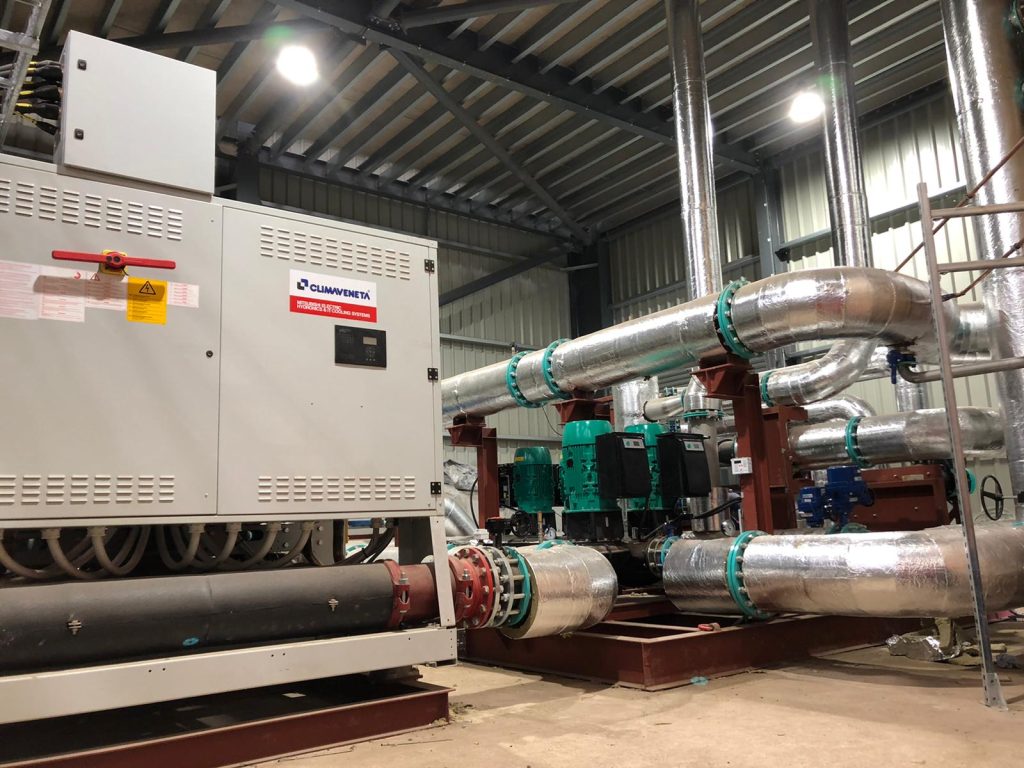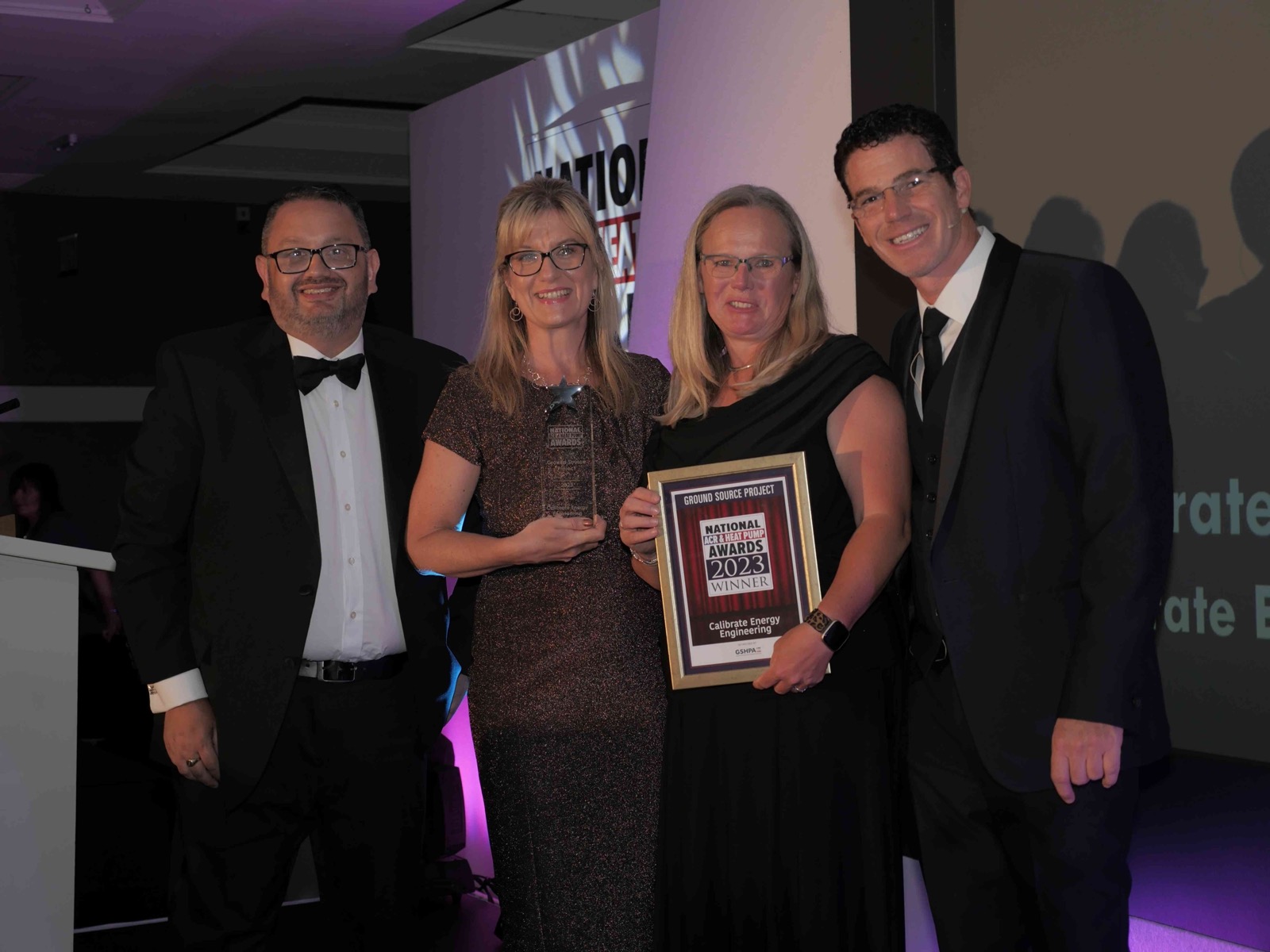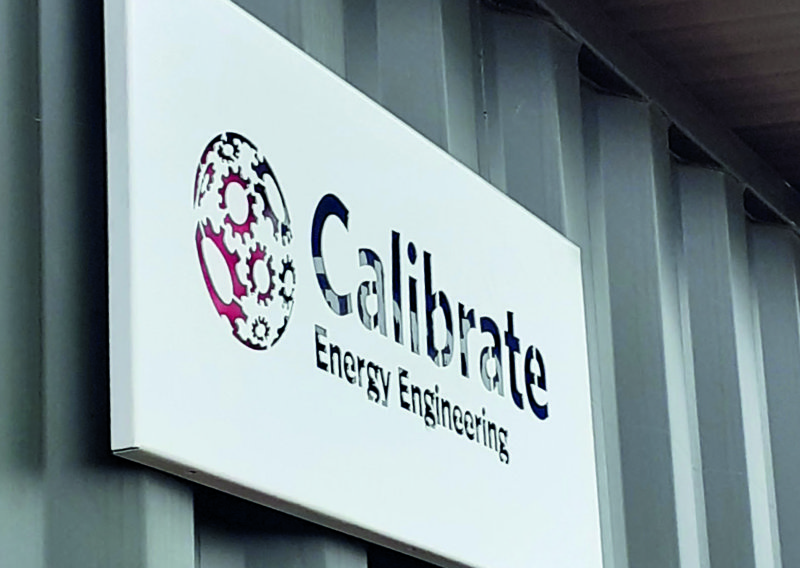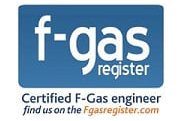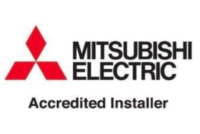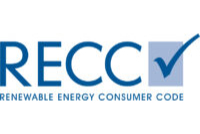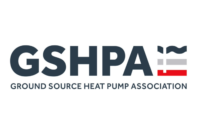Increasing ground source heat pump efficiency in agri-business
Ground source heat pump technology has been revolutionary in commercial and industrial contexts. It can deliver highly efficient renewable heating and cooling with relatively low energy input and carbon emissions, but only when working in optimal conditions.
When looking at large-scale industry, energy requirements are significant. Whether that’s to maintain a stable heating and/or chilling temperature or to power processes, energy is in high demand and has become increasingly costly. Installing heat pump technology is a means of reducing these costs while still meeting business needs. On average, initial installation costs and carbon emissions for a ground source heat pump are recouped in savings within three to five years. To keep these benefits long term, however, the system needs to be maintained at its most efficient state.
The heat pump opportunity
Heat pumps, particularly ground source heat pumps, offer significant benefits for industry. They can produce both heating and chilling simultaneously to a range of 45˚C to -6˚C; are more efficient than traditional fossil-fuel-powered systems; can replace fossil fuel assets, reducing carbon emissions; and can be fully monitored and controlled to improve and maximise efficiency. In the agri-business context, this means resilience against the grid and integrated functionality, such as automation and dehumidification.
To achieve a potential performance of 700% efficiency compared to 100–300% in underperforming systems, maintenance is vital. Only when a ground source heat pump is correctly maintained can its benefits be harnessed. At H. Timmis Farms poultry farm in Telford, what was a highly efficient system when new became a significant financial drain as its performance deteriorated gradually over a three-year period with little upkeep. For this farm in particular, a ground source heat pump offered great potential in reducing operational energy costs and developing energy self-sufficiency. The farm’s chicken sheds need to be maintained at a constant, warm temperature to protect the health of the birds – with 300,000 broilers, heating the sheds was a significant energy outlay. With a heat pump, the 32˚C temperature can be maintained at a much-reduced energy input.
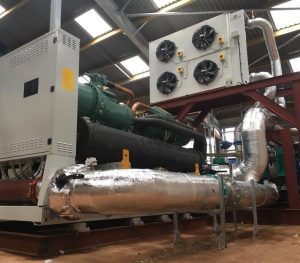
Optimising systems
When a system has started to lose its original level of efficiency, it begins to use more energy than necessary and is less able to maintain temperature. This change may be due to the need for a general service, such as the one we give to gas and oil-powered systems, or the need for an upgrade to keep the technology up to date.
One way to determine what action is required is to connect the system to analytics software. Running a tailor-made analytics programme in real time can identify what and where problems are. As modern industrial heat pumps are run and controlled by integrated computer systems, it is simple and effective to interrogate the pump and reap the benefits.
The data this analysis extracts directly inform what engineering work is needed to bring a system back to good health. This may be as simple as an updated system running strategy, more complex exchanges and upgrades to pumps or pipework, or a combination of the three. Either way, the return on investment of these re-works can be very swift with a long-term financial benefit.
Through these processes, it is possible to bring older models and lower performing heat pumps back to optimal health. Integrating modern upgrades such as automations, smartphone connectivity and hands-off monitoring and maintenance can revitalise heat pumps. At H. Timmis Farms, these works were able to allow the heat pump to run at its maximum efficiency and improve controls, resulting in a first year cost saving of 42%, which equated to £117,000. Not only does a re-calibration solution offer the opportunity for significant cost savings as energy demand is reduced but also it can extend the benefits of the system.
In the agri-business context, ground source heat pumps are a valuable tool for cost and energy efficiency. In applications that have a high energy demand, a heat pump is an opportunity to achieve a low-cost, optimised solution. But investment in maintenance is as important as the initial outlay. With servicing, a heat pump can maintain 600–800% performance efficiency and extend its uses to meet the growing needs of farm and industry.
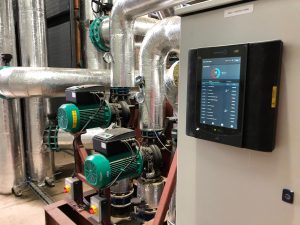
Published on 5th March 2024 in Energy Now- Increasing ground source heat pump efficiency in agri-business – Energy Now (energy-now.co.uk)
If you would like to see more of what Calibrate Energy Engineering can offer your agricultural business, view our case studies here.


